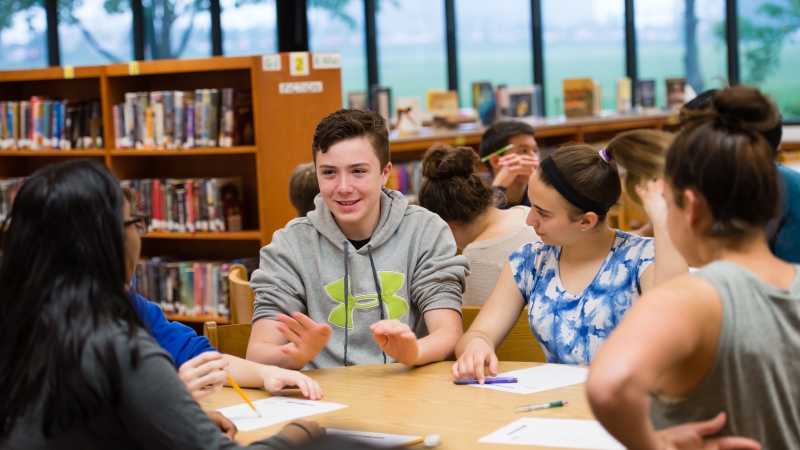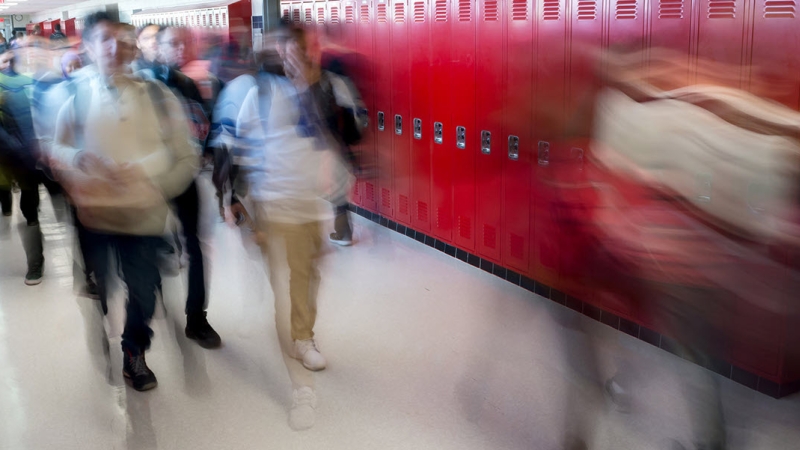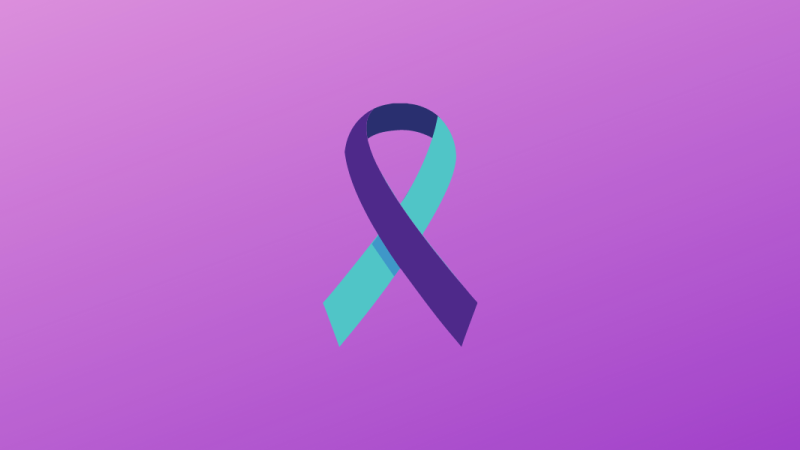
Technology and Sleep
Cell phone, gaming console, tablet, television, and more....Electronic devices are in almost every home in the United States, and usually there are multiple ones present. Children are growing up in an age of technology, where they have the world at their fingertips at any time of day. Despite the advantages of having technology in the home, it can have a significant impact on the user’s health, particularly their quality of sleep.
Quality of Sleep Impacts Your Health
A lack of quality sleep is associated with lower productivity, lack of energy, and lower school performance. It has been shown to lead to an increase in negative behaviors and and poor decision-making, as well as emotional difficulties such as anxiety and depression. Poor sleep is further associated with a decrease in movement and an increased risk of future health conditions including obesity, diabetes, and heart disease. Research has made it clear that excessive use of technology during the school-age years can have consequences into adulthood.
How Does Technology Impact Sleep?
There are several explanations on how the use of technology impacts sleep. First, sleep and the use of technology are generally mutually exclusive - meaning, you are unable to sleep and use technology at the same time. Second, the exposure to the blue light emitted by screens disrupts your sleep cycle, or circadian rhythm. Lastly, engaging in active technology use can be overly stimulating either physically, emotionally, or psychologically.
How much sleep do children need?
The National Sleep Foundation and the American Academy of Sleep Medicine, recommend at least 9-11 hours of sleep every night for school-age children, and 8-10 hours for teens. Research estimates that nearly two out of every three teens do not get the recommended sleep. As children develop, their general alertness shifts from earlier in the day to later (called “eveningness”). While this is a natural change, it is likely that the use of technology can cause the shift to fall even later.
Children who use technology at bedtime are likely using multiple devices. Research shows that as the number of devices used increases, the more difficult it becomes for the child to fall and stay asleep. Pre-adolescents (ages 12 and younger) are more likely to watch television or play on gaming consoles, while adolescents (ages 13-18) are more likely to be using a cell phone or computer, and are more likely to be accessing social media. The use of any of these devices can lead to a loss of sleep per night, and lead to the feeling of being tired upon waking and feeling tired throughout the day. The bedtime use of these devices also lessens the likelihood that the child will eat breakfast, which further impacts their energy levels during the day.
Technology Habits for Better Sleep
In order to get the quality sleep necessary for daily functioning, it is recommended to develop good sleep “hygiene” regarding the use of technology. Tips for promoting better sleep include:
- Choose an appropriate bedtime to ensure children and teens get the recommended hours of sleep.
- If possible, remove all technology from the bedroom, including cell phones. Consider the use of an alarm clock instead of a cell phone alarm. Charge cell phones outside of the bedroom.
- If one needs background noise to fall asleep, consider the use of a fan or white noise machine instead of watching television.
- Set a screen curfew. Do not use technology for at least one hour before bedtime. This will give the body an opportunity to adjust away from the exposure to blue light.
- Minimize the amount of technology used throughout the day. Watching more than two hours of television each day is significantly more disruptive to sleep than watching just one hour or less.
- Be a strong role model for children in adapting healthy screen and sleep habits.
If you or someone you know may be experiencing a mental health challenge or crisis, text HOME to 741741 to reach a crisis counselor, call 1-800-273-8255 to reach the National Suicide Prevention Lifeline, or call 911.
The Healthy Minds Blog shares information related to youth mental health and wellness for an audience of parent, educators and community-based providers. Articles include tips and strategies for increasing wellness and resiliency, as well as fostering success at home, at school and in the community.
The Healthy Minds Blog is a collaborative project between Fairfax County Public Schools and the Prevention Unit of the Fairfax County Department of Neighborhood and Community Services. It is part of the Healthy Minds Fairfax (see below) initiative, designed to support emotional wellness in youth and families.
SUBSCRIBE to Healthy Minds and receive a quarterly digest of our most recent articles.







